TLDR Ectodysplasin signaling is crucial for skin appendage development, requiring specific doses and durations.
Cui et al. investigated the role of ectodysplasin (EDA) signaling in the development of skin appendages, such as hair follicles and sweat glands, emphasizing the importance of EDA dose and duration. They found that primary hair follicles required sustained EDA signaling beyond initial placode formation, while secondary and tertiary follicles needed less EDA. EDA signaling was also crucial for sweat gland maturation. Variations in EDA intensity influenced hair characteristics, contributing to the diversity of cutaneous appendages. The study highlighted that hair follicle development became independent of EDA after dermal papilla formation, but the exact stage for sweat gland independence was unknown.
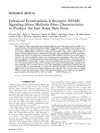 98 citations
,
June 2008 in “Human mutation”
98 citations
,
June 2008 in “Human mutation” A genetic change in the EDAR gene causes the unique hair traits found in East Asians.
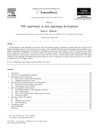 86 citations
,
May 2008 in “Cytokine & growth factor reviews”
86 citations
,
May 2008 in “Cytokine & growth factor reviews” TNF family proteins are crucial for the development of skin features like hair, teeth, and mammary glands.
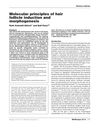 479 citations
,
January 2005 in “BioEssays”
479 citations
,
January 2005 in “BioEssays” Hair follicle development is controlled by interactions between skin tissues and specific molecular signals.
4 citations
,
June 2023 in “Journal of developmental biology” The skin systems of jawed vertebrates evolved diverse appendages like hair and scales from a common structure over 420 million years ago.
53 citations
,
July 2016 in “Cosmetics” Future hair cosmetics will be safer and more effective.
 160 citations
,
January 2014 in “Seminars in cell & developmental biology”
160 citations
,
January 2014 in “Seminars in cell & developmental biology” Early development of hair, teeth, and glands involves specific signaling pathways and cellular interactions.
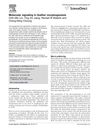 85 citations
,
October 2006 in “Current opinion in cell biology”
85 citations
,
October 2006 in “Current opinion in cell biology” Feather growth and regeneration involve complex patterns, stem cells, and evolutionary insights.
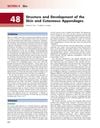 1 citations
,
July 2016 in “Elsevier eBooks”
1 citations
,
July 2016 in “Elsevier eBooks” Understanding skin structure and development helps diagnose and treat skin disorders.





